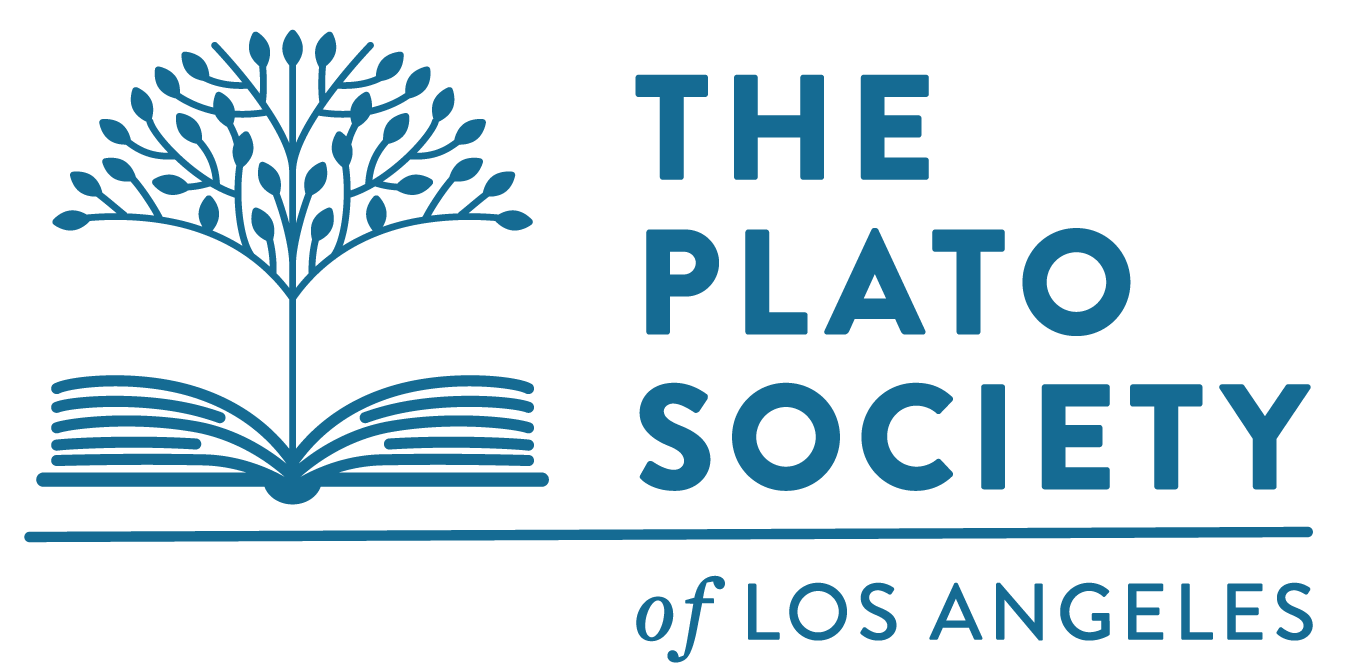This SDG is the story of how Britain became Britain over the course of one thousand years, from approximately 500 A.D. to 1500 A.D. With the withdrawal of the Romans in the 5th Century the British Isles consisted of a variety of small fiefdoms consisting of several ethnic groups, including the original Britons in the South, the Picts in the Northeast and the Celts in the West. By 1500 the British Isles looked very much as they do today, with England in the South, Scotland in the North, and Ireland and Wales in the West. Scotland and Wales would soon join England to form Great Britain.
The first part of the SDG will look at the effects of the Roman withdrawal; the arrival and influence of the Saxons; the formation of the early kingdoms; the beginnings and growth of the Christian Church; the invasions of the Vikings; the consolidation of Anglo-Saxon rule in the South; and then the decline of the Anglo-Saxon monarchies.
The second part of the SDG will begin with the Norman invasion and the effect of Norman control of much of England, Ireland and what is now western France. We will look at the development of the monarchy, the events leading to the Magna Carta and the beginnings of the English parliament; the establishment and influence of the Church; the organization and structure of society; the economy; English claims to much of France; and the dynastic struggles that, among other things, led to the Wars of the Roses and the rise of the Tudors.




